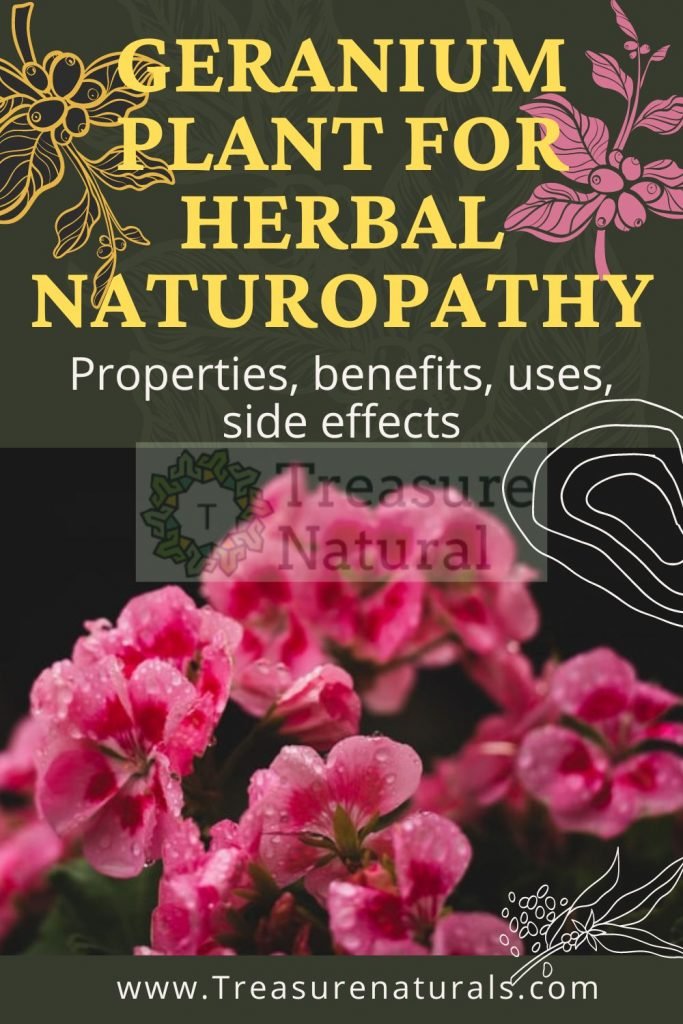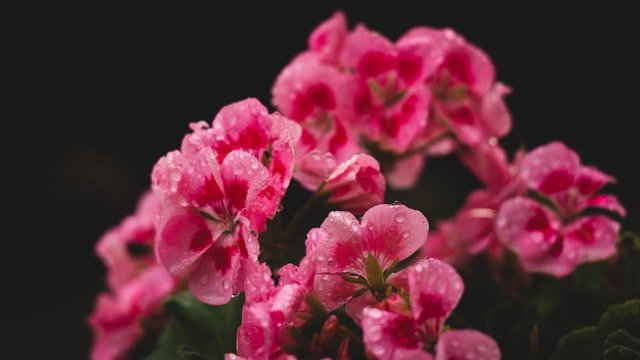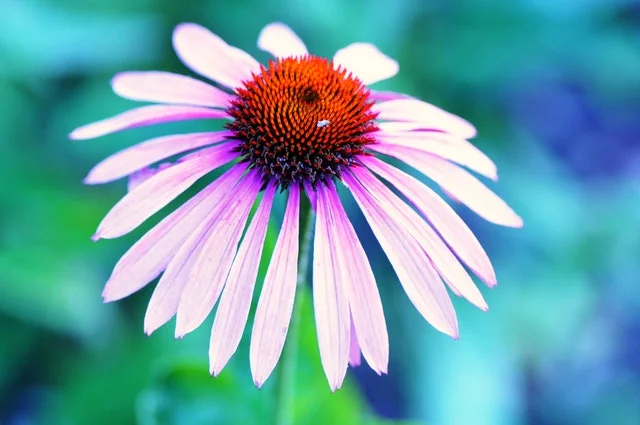
Geranium, known mainly as an ornamental plant, has important therapeutic properties. In fact, it is anti-inflammatory, soothing and antiseptic of the mucous membranes, and has important anti-stress functions. Let’s find out better.
Properties and benefits of geranium
Geranium has various therapeutic properties that make it valuable in the treatment of certain pathologies. These properties are due to the presence of active ingredients (geraniol, citronellol, linalool, terpineol) which give it anti- inflammatory, antiseptic and soothing properties of the mucous membranes.
The essence extracted from geranium has a calming action, useful against stress, agitation and excitability. Also suitable for children for its rebalancing action on the nervous system.
Geranium has proved particularly effective in the treatment of wounds, herpes, ulcers, stomatitis, cellulite and water retention. To cure these ailments, a few drops of geranium essence are used to massage directly on the affected areas.
Recent studies have also shown that geranium root extracts contain compounds that prevent the bacterium Helicobacter pylori from infecting stomach cells.
How to use
The use of geranium is very important in aromatherapy. Geranium is, in fact, commonly used in the aromatherapy sector, as an antidepressant agent, but also as an anti-inflammatory, soothing, antiseptic and astringent.
In cosmetics it acts as a skin tonic counteracting skin aging, cellulite and, thanks to its healing properties, it is also a valid ally in case of burns, acne, blisters and sores. Geranium promotes circulation and in case of heavy legs, its use can bring a lot of relief.
The essential oil of geranium is the most used oil against insects, especially mosquitoes. It is also used for the treatment of blisters, arthritis and even neuralgia.
Geranium flowers are also used in cooking in the preparation of desserts. The leaves, on the other hand, are inserted into syrups, teas and herbal teas.
The therapeutic properties of geranium are widely used for the creation of medicines and ointments for the care of the delicate parts of the body that are continuously subjected to stress and rubbing. For this purpose, a homemade foot cream can be prepared that has the function of being anti-sweat and anti-fungal.
To prepare the cream it is necessary to use the geranium leaves, also collecting them from the plants that you have in the garden, make small cuts and boil them in distilled water until they are soft (about 30-40 minutes).
Once ready, they pour the leaves on a cloth, squeezing it well to get all the juice. Add a piece of margarine (the one you use regularly in the kitchen) and ethyl alcohol.
All this mixture must be heated in a water bath and then add the geranium oil to perfume the cream.
Contraindications of geranium
Geranium has no particular contraindications, so there are no particular precautions to follow.
Description and habitat of the plant
There are numerous species of geranium, all with a shrubby habit, with fleshy stems, leaves with toothed margins and evident ribs, flowers with 5 petals, generally gathered in inflorescences and berries that carry a long beak at the top.
Plants of the Geraniacee family are mostly native to the desert areas of southern Africa. Some species, on the other hand, derive from Syria and the Indian Ocean.
Background

Of the geranium, the name Pelargonium derives from the Greek “pelargos” which means stork due to the similarity of the fruit with the beak of this bird. Also called Mallow of Egypt, geranium was introduced to Italy by a Venetian noble who was fascinated by its colors.






